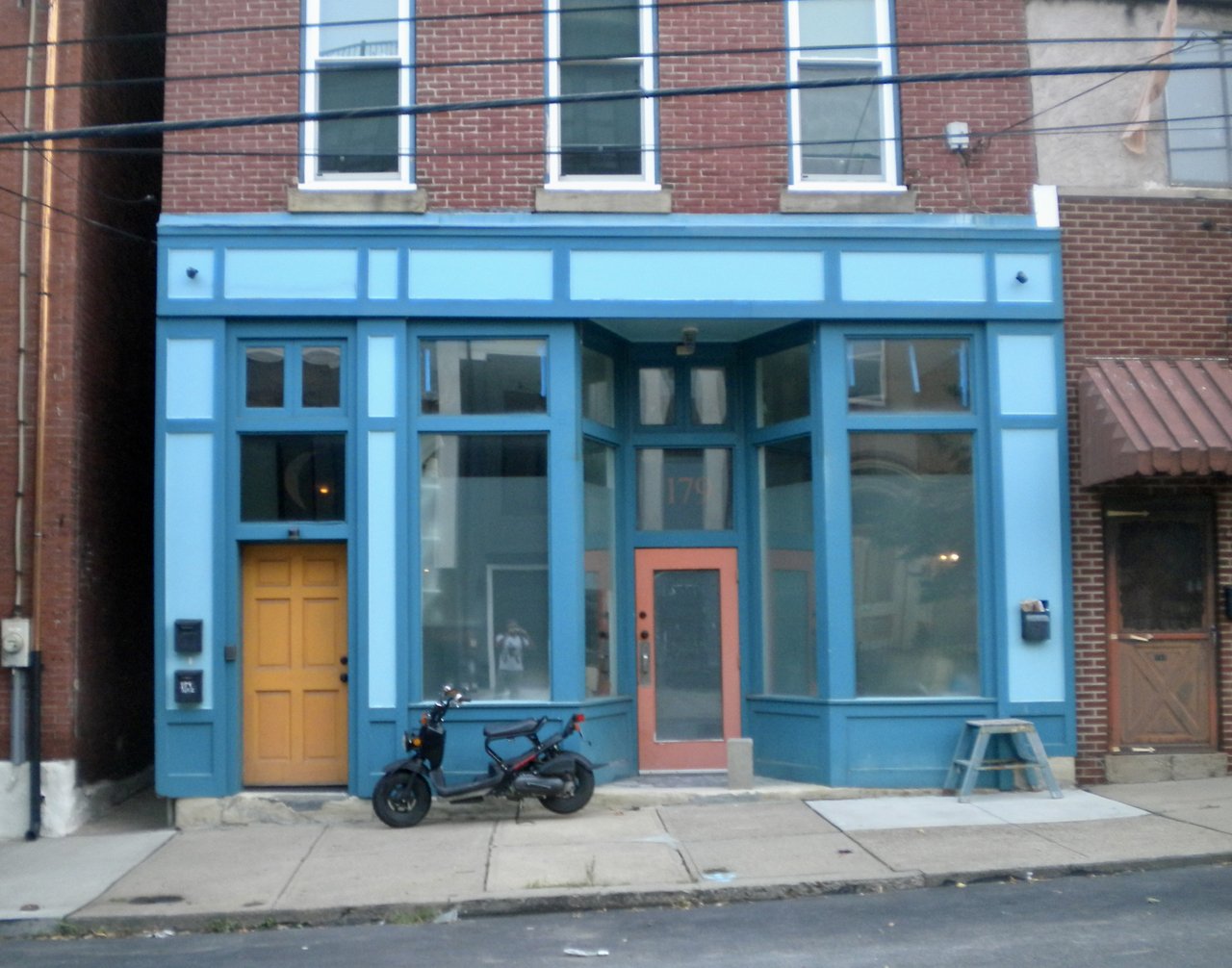Reconnecting with the old world in Pittsburgh

I left Asheville early yesterday morning, stopping off at Izzy's cafe for an early morning cup of coffee on my way out of town. I knew it was time to say goodbye to the South for awhile, so I soaked up my last bit of southern culture before heading north.
The mountains of Tennessee were as grandiose as I remember from my travels last summer, and granted me hope that there were still parts of America left untouched by endless strip malls and subdivisions.
As I crossed into Virginia, and then, West Virginia, I got a taste of the desperation of Appalachia. The atmosphere through most of West Virginia was one of a place left behind and forgotten. At traffic light after traffic light on U.S. Route 19 lay fast food restaurants, Wal-Marts, and gas stations, and no unique sense of place to speak of.
And then, after exiting West Virginia and emerging into Pennsylvania, I felt a sudden sense of being home again. Not because I have any real connection to southwestern Pennsylvania specifically, but because I grew up on the outskirts of the Rust Belt and could feel its ominous presence in the architecture and landscapes. Rusted rail bridges cut through the mountains and there was a sense that here, real stuff had happened.
Living in Florida, it's rare to feel that way. Sure, there's history in Florida. The confederacy reigned there. One can go to see the sites of former slave markets. There's a rich indigenous history. I won't deny there's a past there. But I cannot identify with it, because it wasn't in my family's lineage. My great grandparents immigrated here hoping to secure a better life. My grandparents lived in the Rust Belt when they had my mother. My parents grew up immersed in this environment. And I was born into the remnants of the industrial era, having not known its pain or glory, but certainly knowing its environment. Nostalgia is a powerful force and it forges our identity whether we like it or not.
Florida often doesn't feel like a place because, for the most part, it's make-believe. Most of the built environment was designed as a resort, an escape, a retreat from the realities of productive life. One can drive a hundred miles along coastal Florida highways and not actually go anywhere, because there's another strip mall with a Publix and parking lots and subdivisions full of retirees for miles in every direction.
That's not to say I haven't loved my time there. I've met some of the most incredible people in my life in Florida. There's a charm there that's unlike anywhere I've ever been. But it doesn't feel like home. The northeast feels more like home, even if its climate is less forgiving and its are people less friendly.
So far, Pittsburgh feels like a working-class town whose rough edges are being sanded down by the pressures of gentrification. A walk down Butler Street in Lawrenceville feels like walking down Bedford Ave in Williamsburg in 2008. There's a chaotic juxtaposition of old and new—the 1938 Arsenal Bowl bowling alley is on the same street as a pour-your-own-candle shop, for instance.
Today I'm planning on walking the length of the Allegheny River and over the bridge to the Andy Warhol Museum. It feels fantastic to be in a prewar city whose urban density is suited to long meandering walks and whose drivers are accommodating to pedestrians.